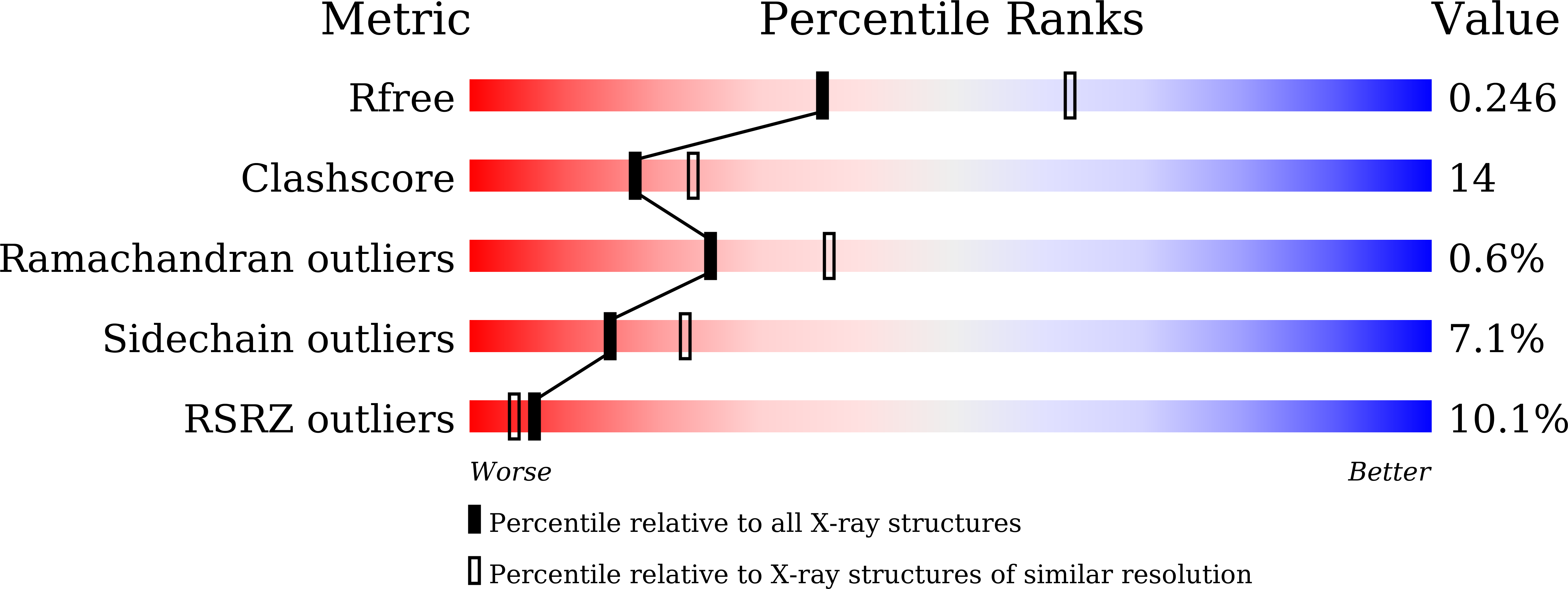
Deposition Date
2022-12-20
Release Date
2023-07-19
Last Version Date
2024-05-29
Method Details:
Experimental Method:
Resolution:
2.66 Å
R-Value Free:
0.24
R-Value Work:
0.18
R-Value Observed:
0.18
Space Group:
P 1 21 1


